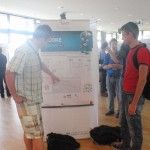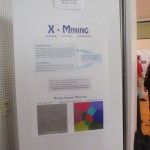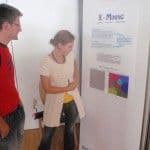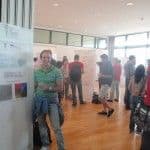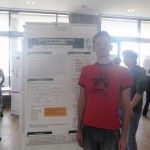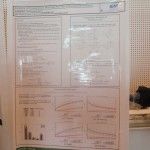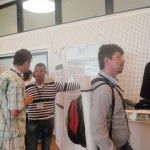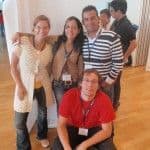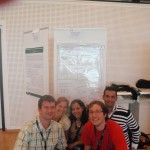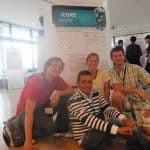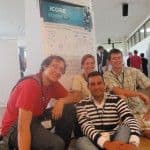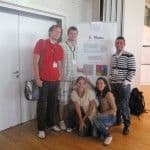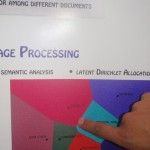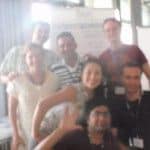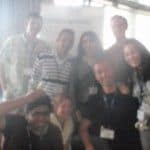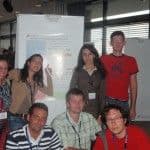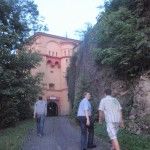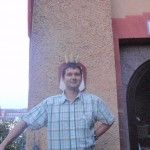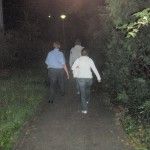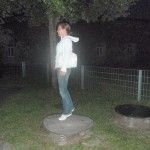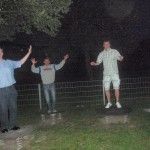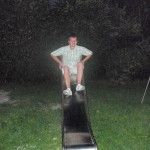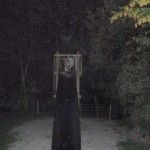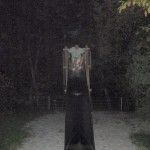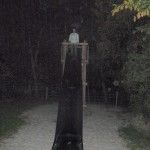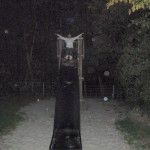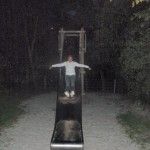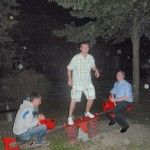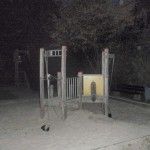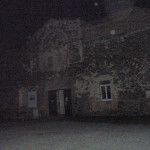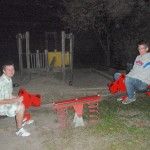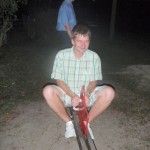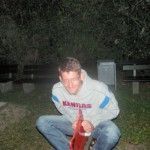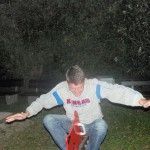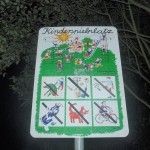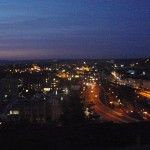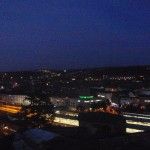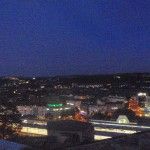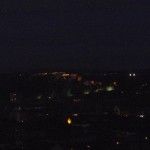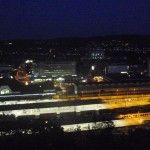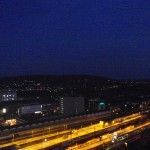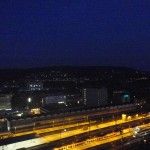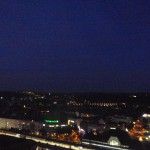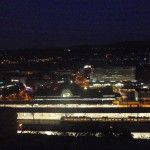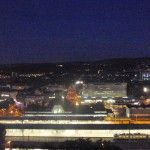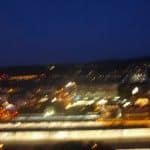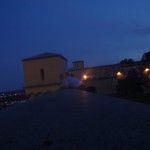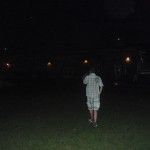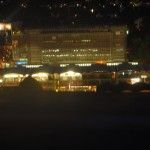On the fourth day of the ESSIR we had PhD symposiums or presentation of Livingknowledge project work.
I have chosen Livingknowledge project: Bias and diversity sessions.
In the first part Richard Johannson from Trento presented us Opinion Extraction from coarse to fine-grained methods. For coarse classification (useful for larger text chunks) they developed SentiWordnet, inspired by Wordnet. For example word “boring” is not problematic, but “good” has few senses and the system must decide which to use. Sequencers they have developed are using the standard IOB scheme. The recent research from LK is about temporal fact extraction, disambiguation and evolution. For example: Extracting roles of Arnold Schwarzenegger through time. Their system – Prospera works similar like IOBIE, but learns rules like Sofie, in an iterative way. The system was learned from ClueWeb09 corpus (around 500mio english web pages) on hadoop cluster 10×16 cores with 10x48GB RAM.
Then in the second part, Jonathan from Southhampton gave us a brief introduction to extracting information from images. From his research he found out that the best feature is a histogram of changing pixels for angles around pixels. He also compared IE from images with text IE. In the end he showed us the open-source tools like OpenIMAJ – library for working with IE on images and ImageTerrier – an extension for Terrier to index also images.
After this, Stefan Siersdorfer presented us the IE from multimedia content on social web. As I imagined he is helping himself with graph representation. The thing I think is most interestinf is the wisdom of croud – the collective intelligence is better comparing to single. The first research on that happened on the 7th March 1907 in an article, published in Nature. A researcher was asking people “How much does a bull weight?”. The average results were very close to the real answer. After such introduction he focused more on photos and videos.
In the last part Michael Mathews from Yahoo! Labs Barcelona guided use to practical use of their Diversity engine on some datasets. The tutorial we went through is presented on the following slides:
From 4-6p.m. we had poster sessions. My poster was printed by the organizers – I just needed to paste it on the rollup. During the presentation I’ve got some useful tips and found out that one group is working on a very similar thing to IOBIE. The second hour I was watching other’s posters presentations and eating some fingersnacks.
My poster:
This evening there was no organized event, so we went to a close castle on foot. Some pictures are published in a gallery below:
